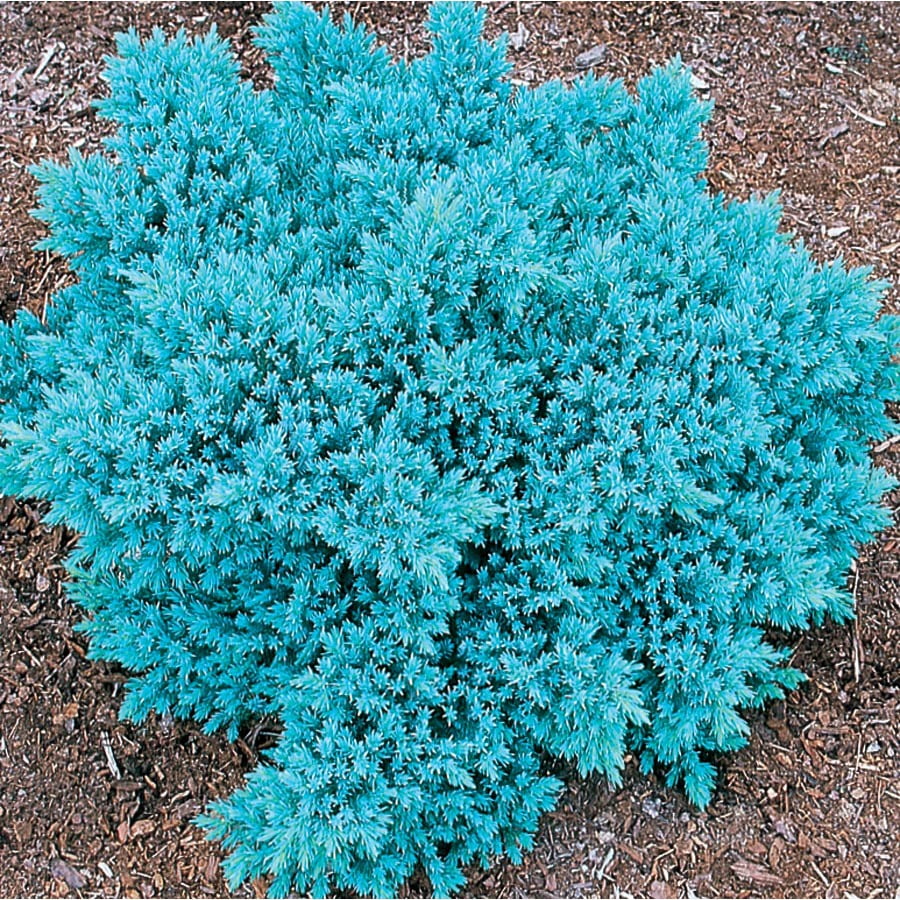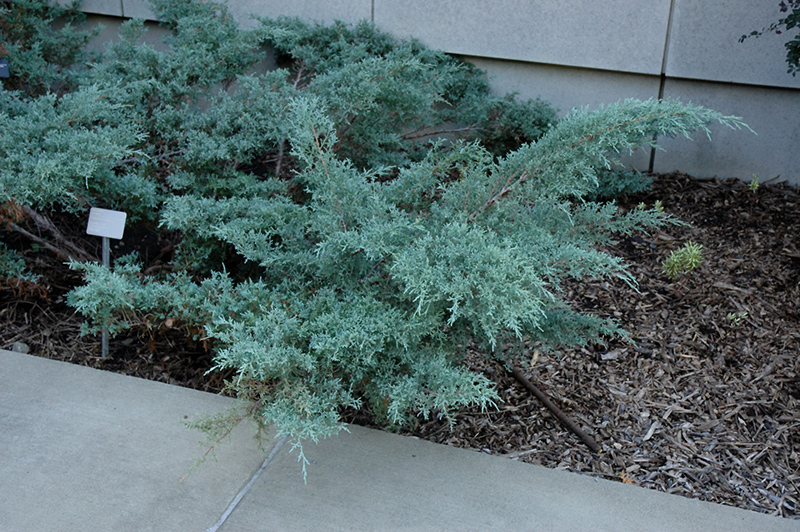


Be careful with products such as miracle-grow as these products can burn newly planted plants when not used at the recommended rates. Just sprinkle around the base of the plant and water it in. Follow this up with an early summer application of Espoma Holly-Tone to provide the necessary nutrients and raise the acid level in the soil (which junipers favor). Although many well established Blue Star Juniper perform wonderfully in the garden without being fertilized, they will do even better with a regular fertilization program.Īpply an early spring fertilizer with a product such as Espoma Tree-tone or Plant-tone at the recommended rate to give the plant a boost of nitrogen that will be needed for healthy, abundant foliage. Despite their fast growth patterns, Junipers are considered to be light feeders. In order for Blue Star Juniper to give their maximum performance, certain fertilization requirements must be met. Bio-tone is a gardener's best friend and can help guarantee your success.īlue Star Juniper Shrubs are one of the easiest to grow and one of the most underused ornamental available today.
#Blue juniper install#
We love this product and use it on all plants we install in our own gardens. It creates a barrier between the roots of the plant and fungus and pathogens that can cause root rot. It is a naturally-occurring, beneficial fungus that colonizes on the new growing roots of plants. A good rule is that you should still be able to see the soil the plant was grown in after back-filling the hole.īio-tone starter fertilizer is a great starter fertilizer that provides plants with mycorrhizae fungus. That is why we do not recommend planting in a hole any deeper than the soil line of the plant in the pot. The most common cause of plant death after transplanting is planting the new plant too deep. Adding compost or topsoil will help the young feeder roots of Blue Star Juniper spread through the loose, nutrient-rich soil much easier than if you used solely the existing soil, which more times than not will be hard and compacted. We do not recommend using straight topsoil or compost as a backfill soil for Blue Star Juniper Shrubs because more times than not these products will retain entirely to much moisture and will cause the root system to rot. Depending on the quality of your existing soil, you may need to add a locally-sourced compost or topsoil to the backfill soil. We suggest when planting your newly-purchased Blue Star Juniper Shrubs that you dig a hole twice as wide as the root system but not deeper.


 0 kommentar(er)
0 kommentar(er)
